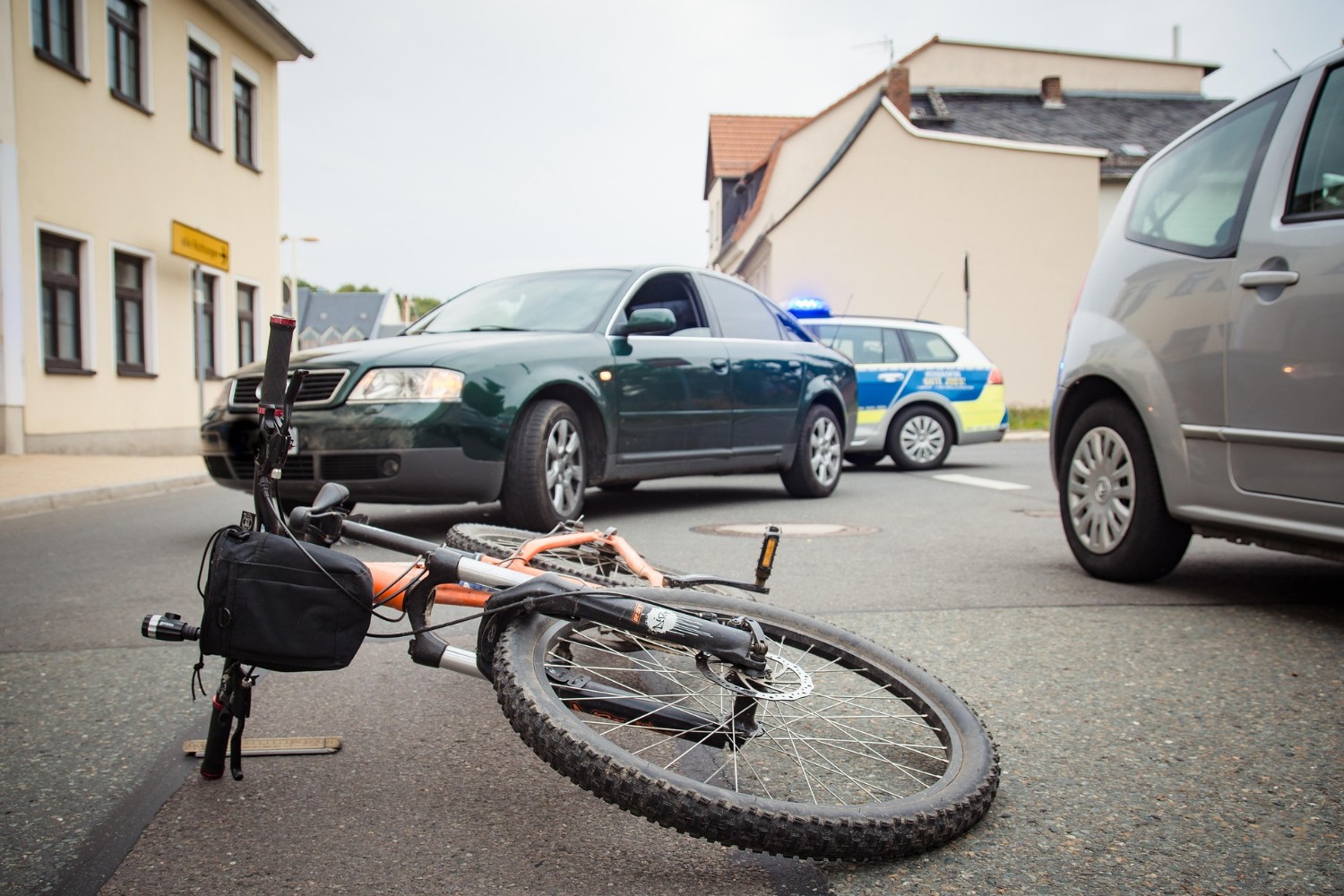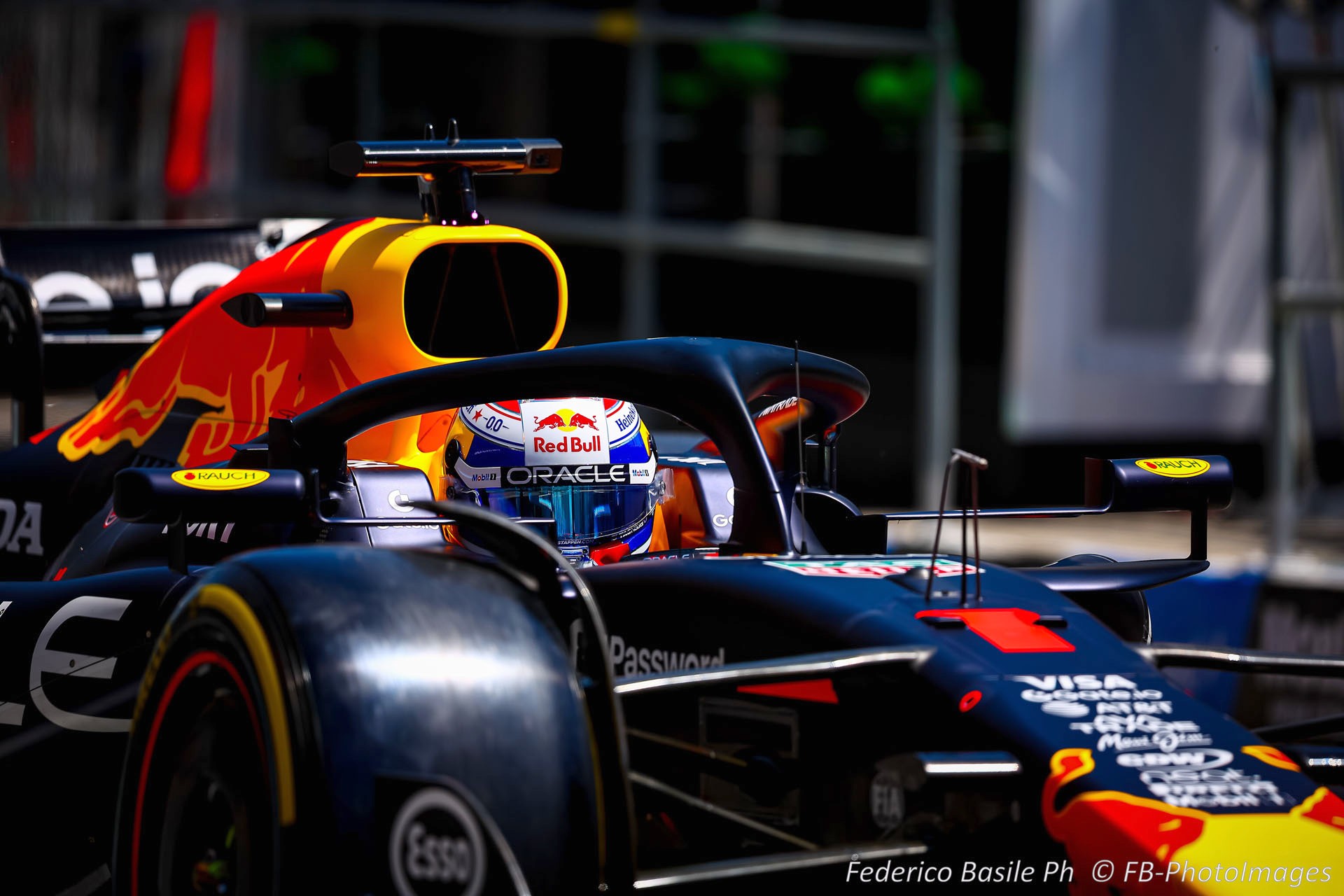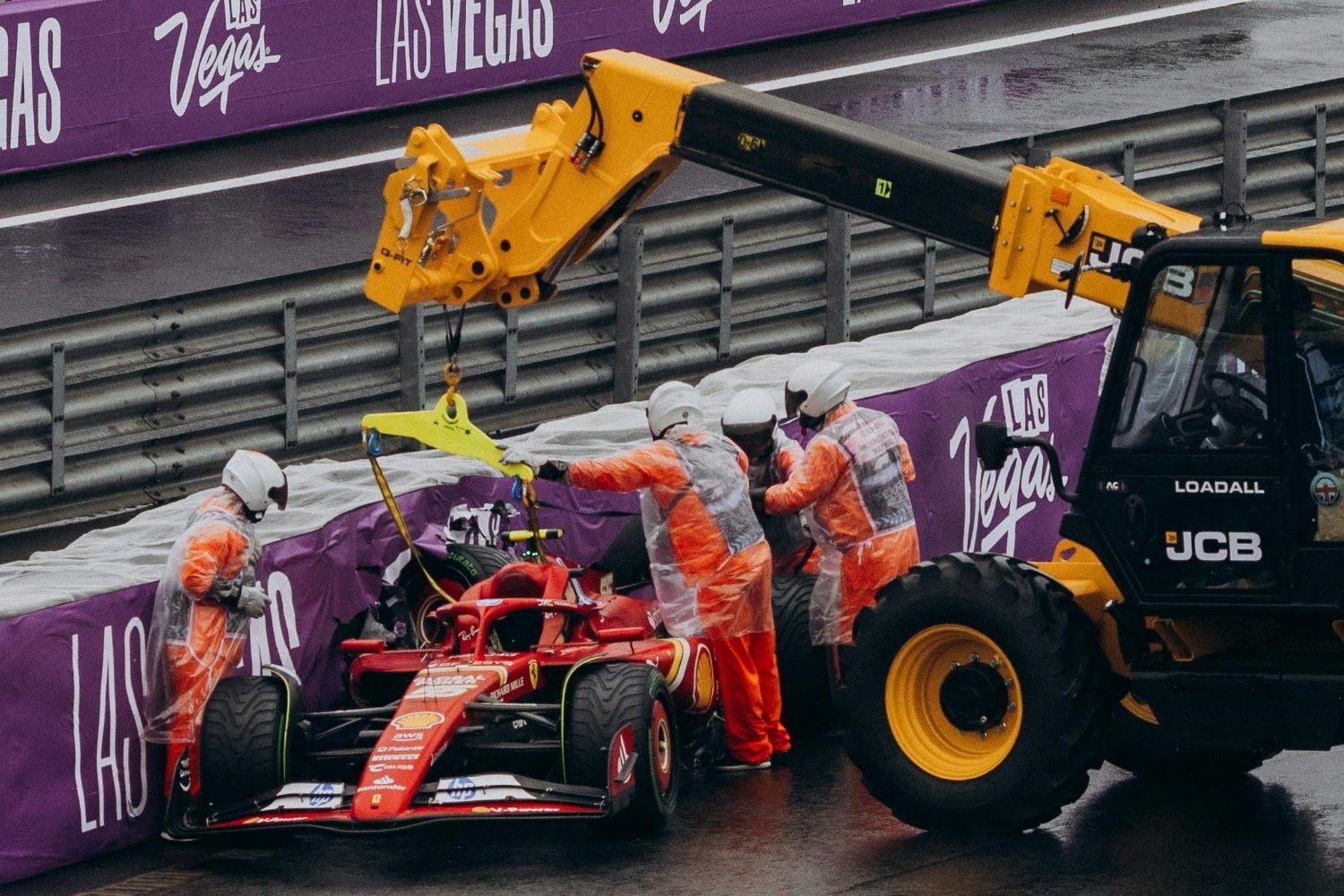Racing Ahead in Safety—Why Urban Cyclists Are Being Left Behind
The crash looked brutal enough to end a career, maybe worse. But minutes later, the driver climbed out, waved to the crowd, and walked away. Bruised, yes—but alive and intact. That’s the result of decades of motorsport innovation: systems built to absorb force, stabilize the spine, and keep drivers breathing after the worst.
Now imagine a different kind of impact. A cyclist moves through a busy intersection, only to be clipped by a car taking a turn too quickly. No barrier. No neck support. No fireproof gear or carbon shell. Just pavement—and blunt force. The rider survives, but the damage is permanent. A severed spinal cord. A life changed in seconds. It happens more often than people realize, and the aftermath is devastating.

While racing has become a benchmark for safety engineering, urban cycling still lags behind in this regard. Helmets have barely evolved in 30 years. Spine protection? Almost unheard of. Yet, the physical forces in a crash, especially in traffic or at high speeds, are more than enough to break a body.
The Evolution of Racing Safety
Motorsports wasn’t always safe. In its early days, fiery crashes and fatal injuries were grimly accepted, even romanticized, as part of the risk. But innovation doesn’t wait around for nostalgia. Over time, the racing world got serious about protecting its drivers.
The turning points came fast. The introduction of the HANS device—a collar-like support that limits neck movement during a crash—was a game changer. Cockpits evolved as well, shifting from open, death-trap-like structures to reinforced survival cells. Formula 1 cars now carry the halo system, a titanium ring that deflects debris and shields the driver’s head. IndyCar introduced the aeroscreen, combining visibility with front-facing impact protection. Even the harnesses that strap drivers in are fine-tuned to handle crushing g-forces without shearing vertebrae or cracking ribs.

Behind the scenes, telemetry and crash sensors feed data into biomechanics models that guide even the smallest design tweaks. Racing series don’t wait for accidents—they model them in advance. And when crashes do happen, they learn from every angle, every millisecond.
Drivers now walk away from rollovers, fires, and multi-car collisions that once would’ve been fatal. Safety isn’t just an upgrade—it’s built into every inch of the machine.
Cycling Safety: A Different Reality
Urban cyclists face many of the same risks as racecar drivers—speed, collisions, unpredictable environments—but with a fraction of the protection. The average bike helmet, while helpful in reducing minor head trauma, offers almost nothing for the spine. No neck restraints. No body armor. No reinforced frame. Just foam, plastic, and hope.
When a cyclist hits the pavement or the side of a vehicle, their body absorbs the full force. In too many cases, that force is transmitted directly through the spinal column. The consequences can be permanent. Catastrophic spinal cord damage isn’t rare—it’s a recurring outcome of high-impact crashes, leading to paralysis from bicycle accidents that could have been prevented with better gear or infrastructure.
Unlike motorsports, where every serious incident fuels improvements, the cycling world often treats severe crashes as one-offs. There’s no unified crash analysis system. There is no industry-wide safety research and development. Most riders face city traffic with little more than outdated helmets and the hope that they won’t be the next statistic.
Cyclists don’t need carbon-fiber cockpits—but they deserve a safety system that treats their lives with the same seriousness racing teams give their drivers.
Technology Transfer: What’s Missing?
The gulf between motorsports safety tech and what’s available to cyclists is wide—and stubbornly persistent. While racing organizations invest heavily in crash data and material innovation, most cycling gear has remained largely unchanged for decades.
Airbag vests are a clear example. MotoGP riders use them. So do some equestrian athletes. They deploy in milliseconds, cushioning the neck, ribs, and spine from impact. However, good luck finding one specifically designed for urban cyclists. They’re rare, expensive, and barely on the public’s radar.
Helmets show a similar lag. In motorsports, they’re tested for fire, g-force, and structural integrity. In cycling? Many still rely on the same foam-and-plastic combination from the 1990s. Some newer models include MIPS for rotational protection, but there is no mandate driving widespread adoption.
Cyclists also ride without the benefit of telemetry or impact sensors. No real-time feedback. No shared data. The tools exist—but they’re stuck in elite racing circles.
According to NHTSA’s bicycle safety data, hundreds of cyclists die each year in the U.S., and tens of thousands suffer serious injuries. Many of these involve spinal trauma or high-speed impacts—exactly the type of incident racing tech is built to withstand. Yet, almost none of that technology reaches the people who need it most.
Why Racing Safety Should Inspire Public Road Innovation
Racing is a laboratory. Materials, sensors, and gear are pushed to their limits under real-world conditions. That rigor has saved lives again and again. However, when it comes to public roads, especially for cyclists, innovation often stalls. Risks are tolerated, not addressed.
The logic doesn’t hold up. Ethically, allowing riders to suffer injuries that modern technology could prevent is indefensible. Financially, the cost of treating spinal trauma—and the lifelong care that follows—dwarfs the expense of better safety gear. When a cyclist is permanently injured, the burden extends beyond the crash scene: into hospitals, families, and entire communities.
Motorsports teams won’t send a driver out without the best protection available. Cyclists shouldn’t be left to gamble with far less.
Final Lap: What Needs to Change
Motorsports made progress by demanding better outcomes, analyzing every crash, and building safety into the culture itself. Cyclists deserve the same mindset. It starts with recognizing the gap and closing it with gear, policy, and public investment.
That could mean incentives for the adoption of safer helmets. Mandates for new safety standards. Expanded access to spine-protective gear. A shift in priorities, not just materials.
And the risks are well-documented. As shown in this breakdown of common motorcycle accident injuries, spinal trauma is one of the most serious outcomes of impact-related crashes—something cyclists face just as often, but with far fewer protections.
The roads may not be racetracks, but the stakes are just as real. Safety shouldn’t be a luxury reserved for professionals in a cockpit. It should be the baseline for anyone moving through the world on two wheels.
Related Article: Essential Motor Racing Safety Tips for Beginners
